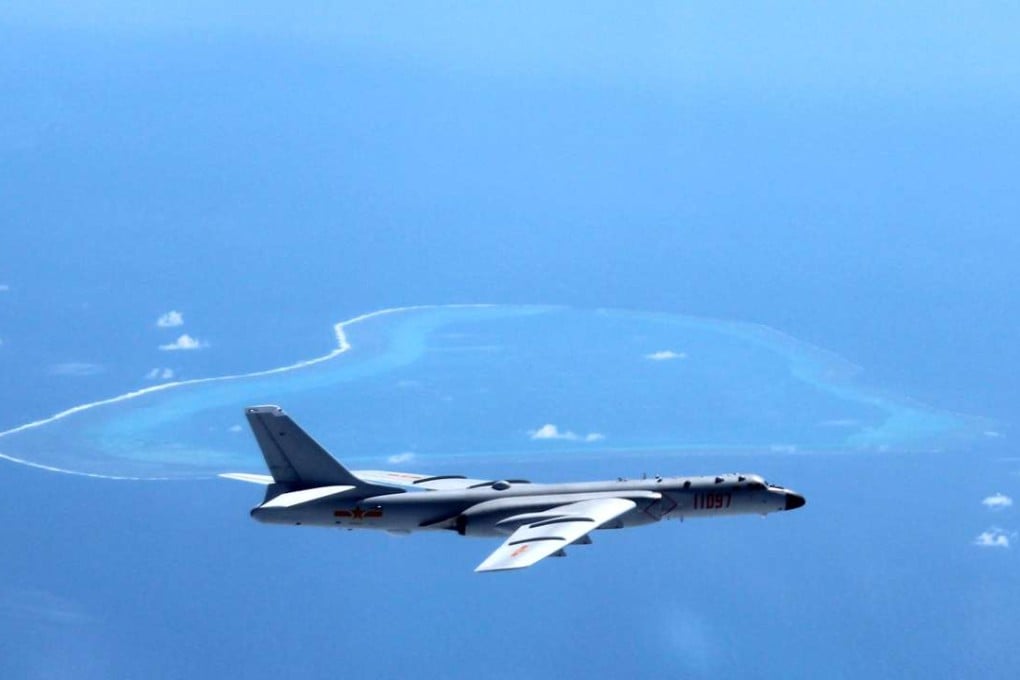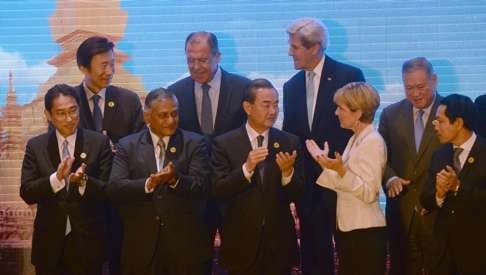China and Asean have set a sensible tone for progress in resolving territorial dispute
Resolving competing claims to the South China Sea take time, but there are many other areas for cooperation that will build trust and understanding

Peace depends on governments having a common position on challenges. Association of South East Asian Nations foreign ministers did that in coming up with a communique on the South China Sea after talks in Vientiane, Laos. That was supported by China, setting a positive tone for progress in settling a conflict that has threatened stability. A lack of mention of an international tribunal’s recent ruling favouring the Philippines showed an understanding that sensitive issues should not get in the way of progress.
The grouping has of late struggled to speak with a single voice on the issue despite a 2002 agreement with China on how to deal with the territorial dispute. Beijing rejected the tribunal’s July 12 ruling that its claims to much of the South China Sea were unfounded. That put it at odds with some of Asean’s 10 members that contest the waters, most vocally the Philippines and Vietnam. The shared position after a weekend meeting at which there was initial discord was a welcome show of unity after the disarray of a 2012 gathering.

Asean’s decisions are governed by a founding principle of consensus and the Philippines had wanted the tribunal’s ruling mentioned, a position objected to by Cambodia. Behind the scenes were the nations’ respective allies, the United States and China. A compromise was reached: mention of the arbitration case was dropped in return for inclusion of the point that there was a need to find peaceful resolution in accordance with international law, including the United Nations Convention on the Law of the Sea, to which the court referred. It was as much a diplomatic win for China as Asean.